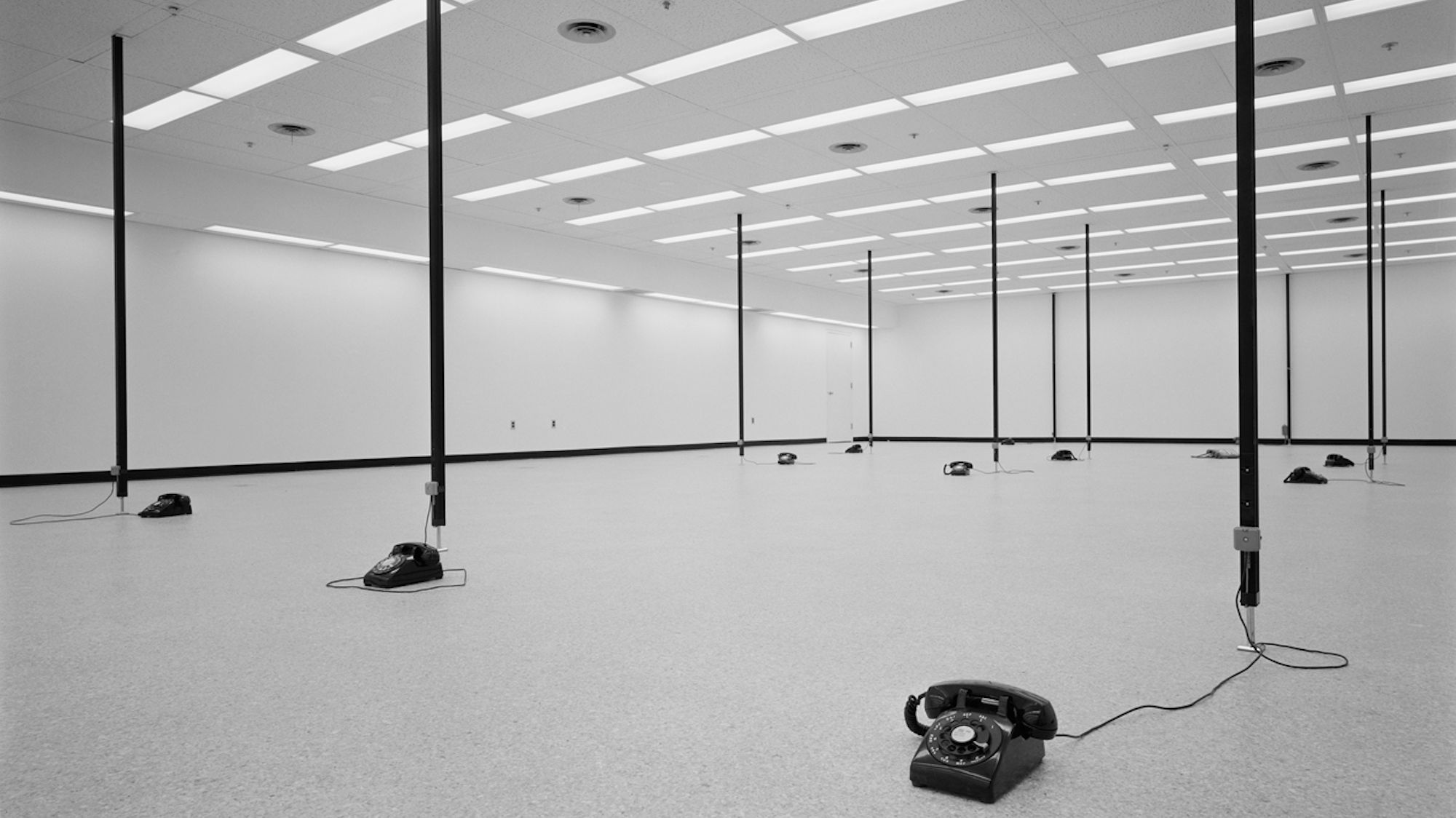ADS1: Life Unincorporated

About
This year ADS 1 is focused on the adaptive reuse of shopping malls and office towers of the 1980s.
Indeed, it is about time to look back at the 80s. While post-war corporate culture was still booming, churning out spaces for white collar labour, the 80s marked a decade in which new social and economic tendencies began to surface. Neoliberal policies, the real estate craze, and the financialization of the economy at large, were binding the middle and upper classes of the western world into an endless cycle of work and consumption, enacted in the discontinuous space of downtown office towers and department stores, as well as suburban malls, corporate headquarters, and single family houses.
While we might consider any number of typologies inherited from this enormous mass of built matter, we are drawn to two in particular: the office tower and the mall. Both are temples of collective production and consumption. They also share a genericness and disposability: they are each a product of, and accessory to, capitalist exploitation.
Although these structures emerged from the darkness of late capitalism, they present themselves now on more utopian terms. They are pragmatic accumulations of slabs and pillars, whose functioning is enabled by appropriate cores and extensive sets of installations, with their hollow interiors now offering a plenitude of unrealised agency. Once perfect accessories to capitalist expansion, these buildings now offer an untapped abundance of available space, where our increasingly boundaryless lives might potentially flourish.
Andrea Zanderigo & Matthew Blunderfield
Image: Philip Morris headquarters, Richmond VA by Ulrich Frazen, 1972. Photograph by Ezra Stoller